Home — Borzo India — Borzo India Blog — Best Tips for eCommerce Marketing Strategies – 2020 (updated)
Best Digital Marketing Strategies For eCommerce in 2019

Operating an eCommerce store takes a lot of effort, especially in marketing it and its products to potential customers. The internet is a crowd of devices that needs to be penetrated with a particular strategy in mind if you are to reach your potential customers and offer your products to them for purchase. This brings us to the need for a solid eCommerce marketing strategy.
Table of Contents:
What is an eCommerce Marketing Strategy?
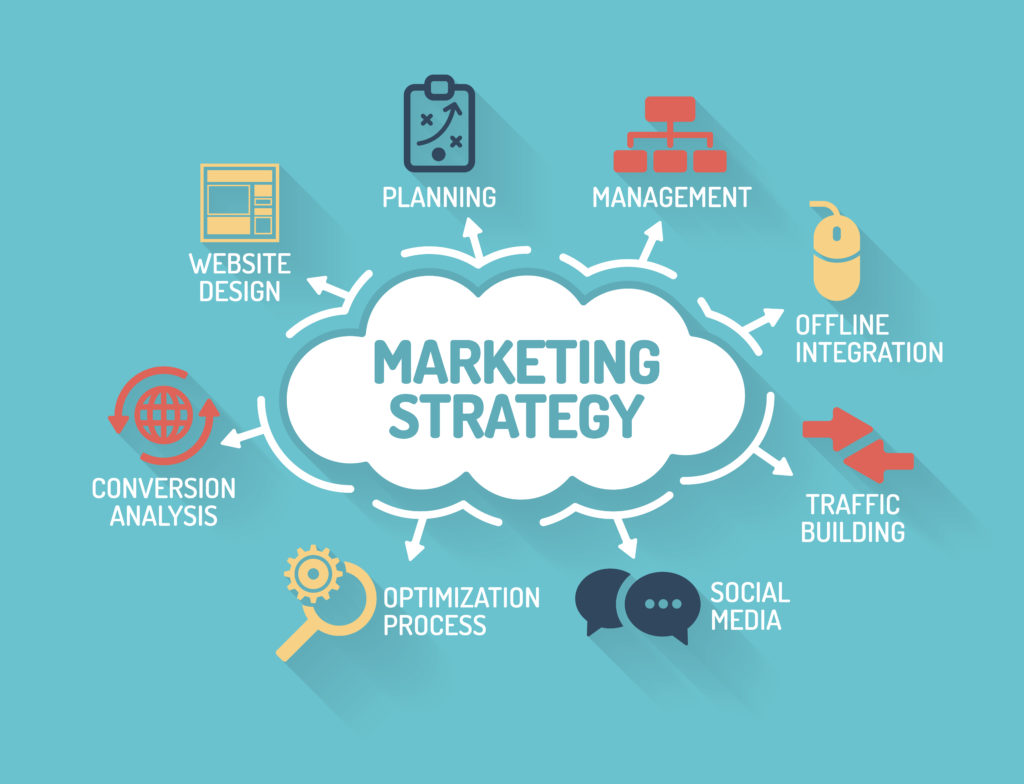
This refers to all the efforts that are put towards promoting one’s eCommerce store and its products. The marketing strategy takes into consideration data that is adapted from market research. This data is then translated into market insights that can then be used to make business decisions that help the eCommerce store in question to reach its target market. The roadmap to reaching this target market and the logical steps it takes to reach this is what we call the marketing strategy. An eCommerce marketing strategy is important for the following reasons;
It helps in planning
With a marketing strategy in place, it is possible to plan how to execute the necessary steps to implement the said strategy. This takes out the guesswork from marketing.
Determines channel
A marketing strategy will enable an eCommerce store to determine which channel is best to focus their marketing efforts in. This helps the eCommerce store have a positive ROI compared to if the wrong channel was chosen due to a lack of marketing strategy.
Assists in budgeting
An eCommerce store is better placed to come up with the right budget with a marketing strategy in place. The financial officer or owner of the eCommerce store can cut or expand a particular allocation with guidance from the marketing strategy.
Choosing the right product
An eCommerce strategy helps an eCommerce store determine what is the best product that it can trade in to have a competitive edge.
It is an evaluation tool
A marketing strategy includes all the checkpoints that can be used to evaluate the success or failure of a particular campaign. Therefore, it can be used as an effective evaluation tool to know how far or close an eCommerce store is to achieve its marketing objectives.
Best eCommerce marketing strategies
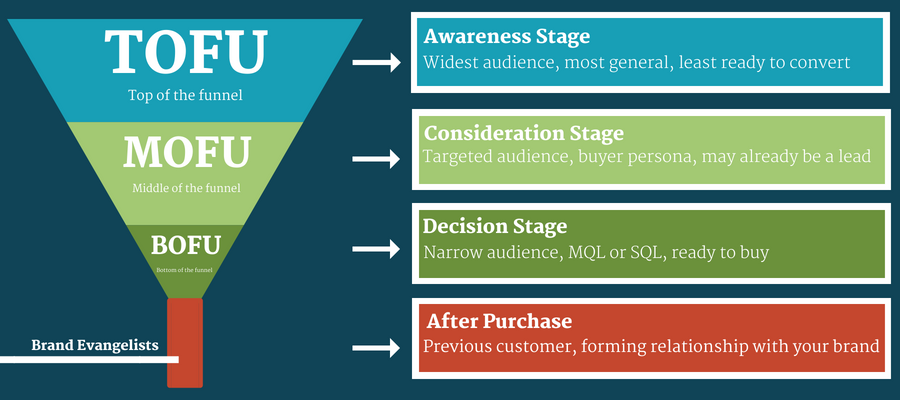
Choosing the best marketing strategy as we have seen above is very vital for your eCommerce. The right strategy can only be arrived upon by knowing where exactly in the consumer journey is the customer placed at a particular time. With these in mind, marketing strategies can be divided into three major categories.
Top of the funnel strategies ( ToFu)
These are all the strategies that are targeted to customers that interact with your eCommerce site or products only once. This can be someone who loads your eCommerce homepage and leaves. The strategies that are in this step need to encourage the customer to take farther steps by striking the customers interest and encourages him or her to take further action. The bounce rate is one of the metrics that is focused on most at this stage.
Middle of the Funnel Strategies (MoFu)
These refer to all the strategies geared at appealing to individuals that have interacted with your eCommerce store or products before but have not made a purchase yet. These can be people who are trying to compare prices of similar products from different traders. They need just a small push to make a conversion.
Bottom of the Funnel Strategies (BoFu)
Bottom of the funnel strategies refers to all the marketing strategies that are targeted at customers who have previously converted on your eCommerce site. These are people that have bought your products before, and you would like to persuade them to make another purchase.
Understanding your customers’ actual stage in the consumer cycle helps you to decide which strategy works best on that particular customer. This then helps you decide on which is the right marketing channel to use.
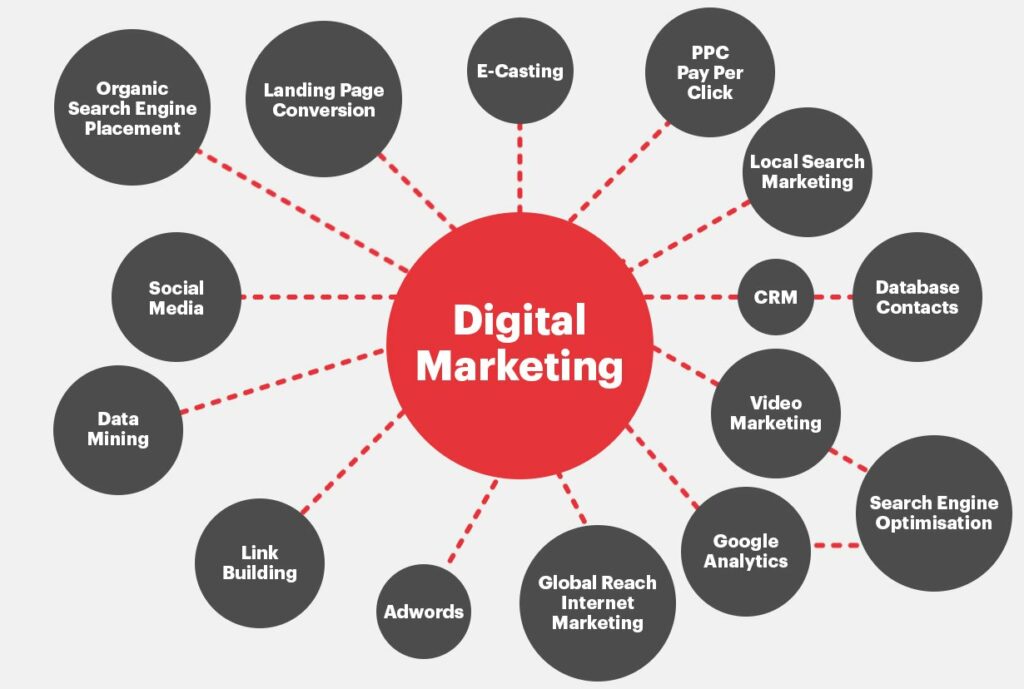
Several digital marketing channels can be used to market your eCommerce site online. Here is an in-depth look at each one of them and what is needed for you to reach the right audience with each one of them.
Search Engine Optimization (SEO)
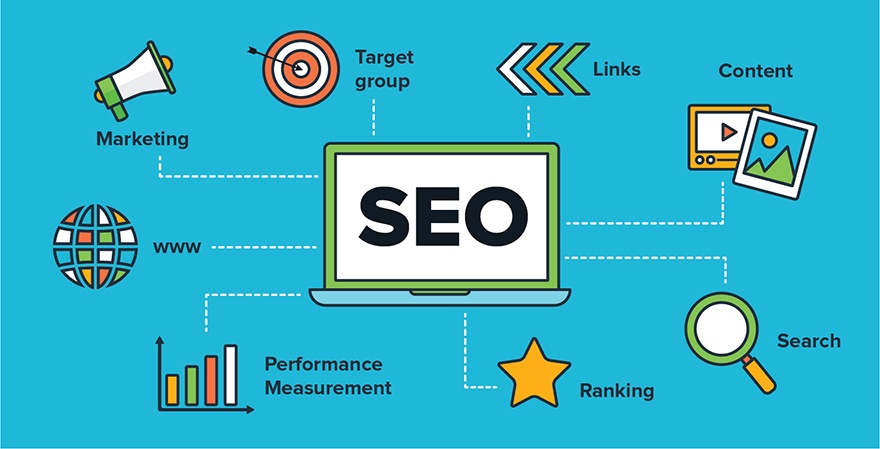
This refers to all the efforts made to rank highly on search engine pages. Search engines such as Google, Yahoo, and Bing are among the major sources of traffic for your eCommerce store. This, therefore, means that it is necessary to come up with the right marketing strategy that can help your page rank highly on these search engines. Search engine optimization focuses on organic ranking.
Organic ranking refers to the efforts put towards appearing on search engines purely through keyword searches. What happens is a digital marketer researches particular keywords that are being searched in large volumes and curates a website’s content to suit this particular keyword.
In organic search, backlinks from other websites also help to place your site’s pages as an authority and therefore, search engines can locate you faster and rank you highly. With each search of a particular keyword for which your rank highly, your site will appear from the third search downwards.
Referral marketing
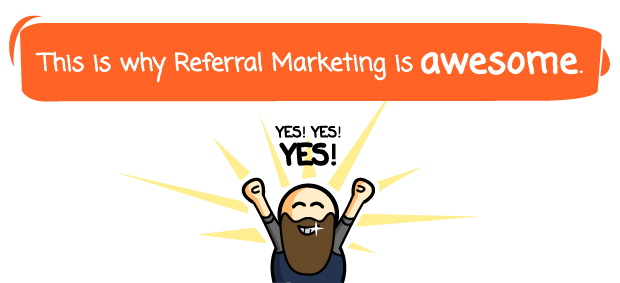
This is a marketing channel that is specifically suited for the top of the funnel and middle of the funnel but executed by clients that the bottom of the funnel. With referral marketing, you are targeting converting customers to help you attract new ones.
Here, you offer an incentive to the converting customers that if they bring another person to your eCommerce site, they get a reward. This could be certain loyalty points, a discount, or even money. The new customer that comes in when he or she converts also joins this exclusive club that is getting rewards for attracting other customers.
In essence, this is a type of network marketing. It helps to build trust since already converting customers vouch for you to new customers. New customers are more likely to covert after reading positive reviews from someone that they know. The converting customers are issued with a link that they can share with their friends.
Email Marketing
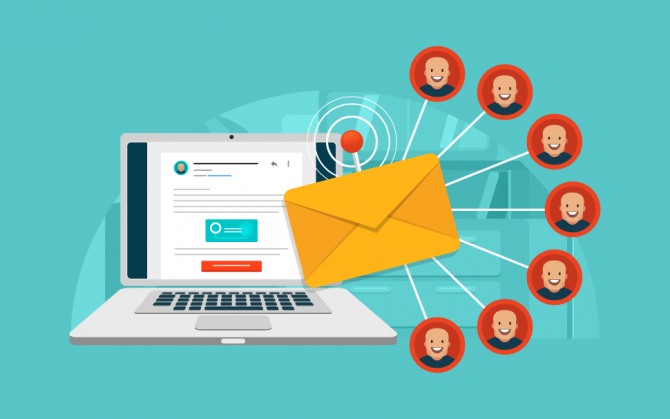
Email marketing is one of the oldest digital marketing channels. Email marketing can be in the form of newsletters that are sent at certain regular intervals. Unlike all other digital marketing channels, emails are the most challenging. This is because people are more concerned about what is offered to them in emails than in another medium.
You need to make your emails short and punchy and with a captivating subject that gets the reader to open. A slight mistake with emails and you will be listed in the spam box; it is, therefore, necessary that you offer value always.
For email marketing also, it is important to understand that unlike the days of old when emails were viewed on PCs, the focus has shifted to mobile devices. Your email does not have to include high-resolution photos that take ages to load. A prominent button (Click to action) is always key at boosting conversions with emails.
Search Engine Marketing (SEM)
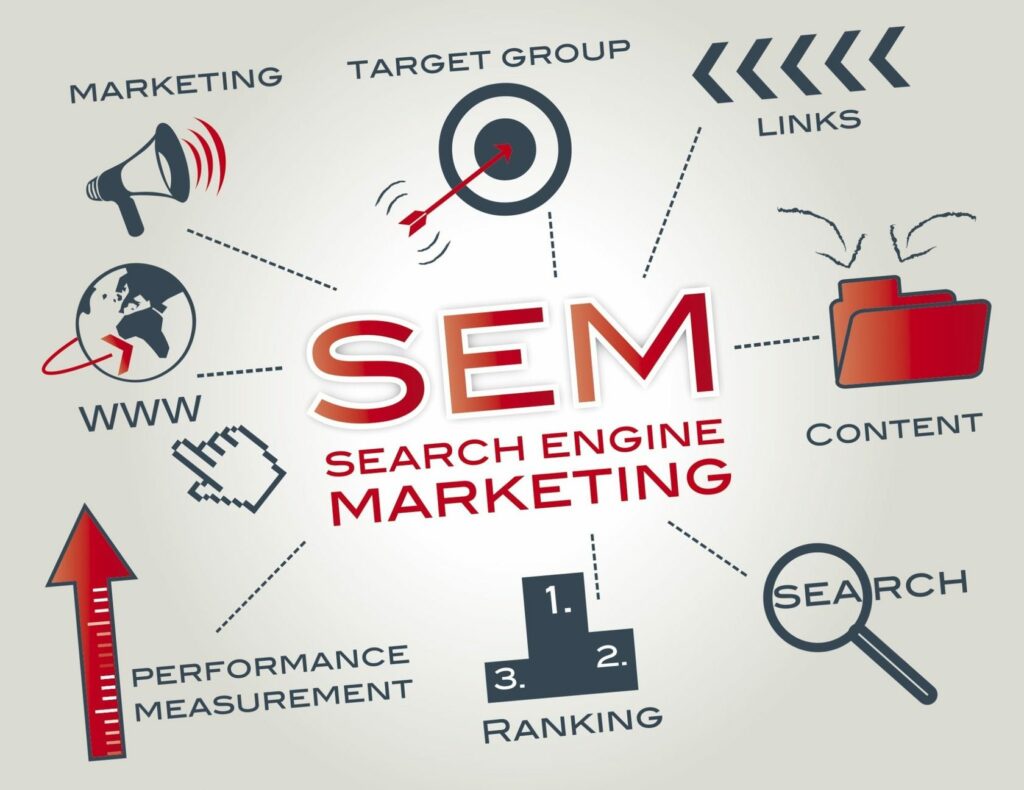
Search engine marketing in simple terms is paid SEO. Here, the site intends to rank highly on search results but also includes in its efforts, a bid to rank for certain keywords. These keywords, when searched and your site has bid for them; it will appear among the first three results that have the ‘Ad’ tag on the search results page.
Paid search, as it referred to some times, depends on two main things. The first thing is relevance. All search engine results must be relevant to the keyword being searched by a particular individual online. Once this relevance has been confirmed, the next determining factor is the bid amount.
Search engine algorithms use a complex method of ranking relevance and multiplying this with the bid amount. For example, ad A has a relevance of 2, and a bid amount of $5 and ad B has a relevance of 4 and a bid of $3. Ad A scores 2×5=10 and ad B 4×3=12. Therefore, despite having a lower bid, ad B will appear higher on the search results page than ad A. This, therefore, means that for your eCommerce site, the relevance is more important than any bid price you may make.
Social Media Marketing (SMM)
Social Media Marketing is the term used to collectively refer to all the marketing efforts that are channeled to social sites. Social media is among the most crucial marketing channels that need to be focused on.
To come up with the right social media marketing strategy, it is important first to establish on which social site your customers are on. These can then be targeted with the right ads that perform best on the given social site.
Facebook Ads
Facebook is the number social media platform in the world with a billion plus users as of 2018. With these numbers growing each day rapidly, it is important that your eCommerce marketing strategies factor in this social platform.
Knowing how to set up Facebook Ads and interpret Facebook analytics is key. Facebook analytics helps you get metrics on how your ads are performing. Facebook Ads also helps you target the right demographic compared to if you were running ads from your page without looking at the Facebook Ads dashboard. It is necessary that your eCommerce site has a Facebook page through which you can run the ads.
Push Notifications

Push notifications are made possible through internet browsers. You need to do market research to establish which devices your site visitors are using and which browsers are enabling them to access your site. With this in check, you can activate push notifications that can help your market your products to the customers.
Another strategy at getting push notifications noticed is by developing an app for your eCommerce site. Drive traffic that will download this app and have them installed in your target audience mobile devices. Through the app, you can set up push notifications. Make sure not to spam the customer as this will lead to him or her disabling push notifications.
Messenger Marketing
Messenger is the official messaging app for Facebook. This app also works with regular SMS services. Taking full advantage of the app can help you nail your eCommerce marketing strategy. To kick start messenger marketing, you will need to go to the metrics that you derive from Facebook analytics.
This metrics will give you insights on who are your customers and data on their usage of the messenger app. This then allows you to come up with the right ads that can be targeted to this audience and drive more conversions.
Content Marketing
Content marketing refers to a form of marketing that is targeted at persuading customers to converts by giving them content such as articles and videos. These mediums need to have a message that gets the customers to buy the products that you are offering.
For content marketing, avoid asking the customer directly to buy your product. You can, however, use other methods that persuade the customer to buy indirectly from your eCommerce store. Guides and informational content are proven to perform better at helping you nail your eCommerce marketing strategy. Also, incorporating market research through keyword research yields the best results for your content marketing efforts.
Instagram Marketing
This photo and video sharing platform is widely used by the younger population. With Instagram, your eCommerce marketing strategy should be targeted at sharing visual content such as photos and short videos.
The use of influencers is another marketing strategy that can be used to push your product on Instagram. However, a new phenomenon of micro-influencers is replacing traditional celebrity influencers. Micro-influencers are people with 1.5k to 100k followers. Their content engagement is much higher and helps you convert more.
Conclusion
eCommerce marketing strategy is necessary for you to drive traffic to your site and make more conversions. Conducting thorough market research and promoting your products on different digital channels proves to be efficient in driving sells up.
Borzo Team
For Business with ❤️

